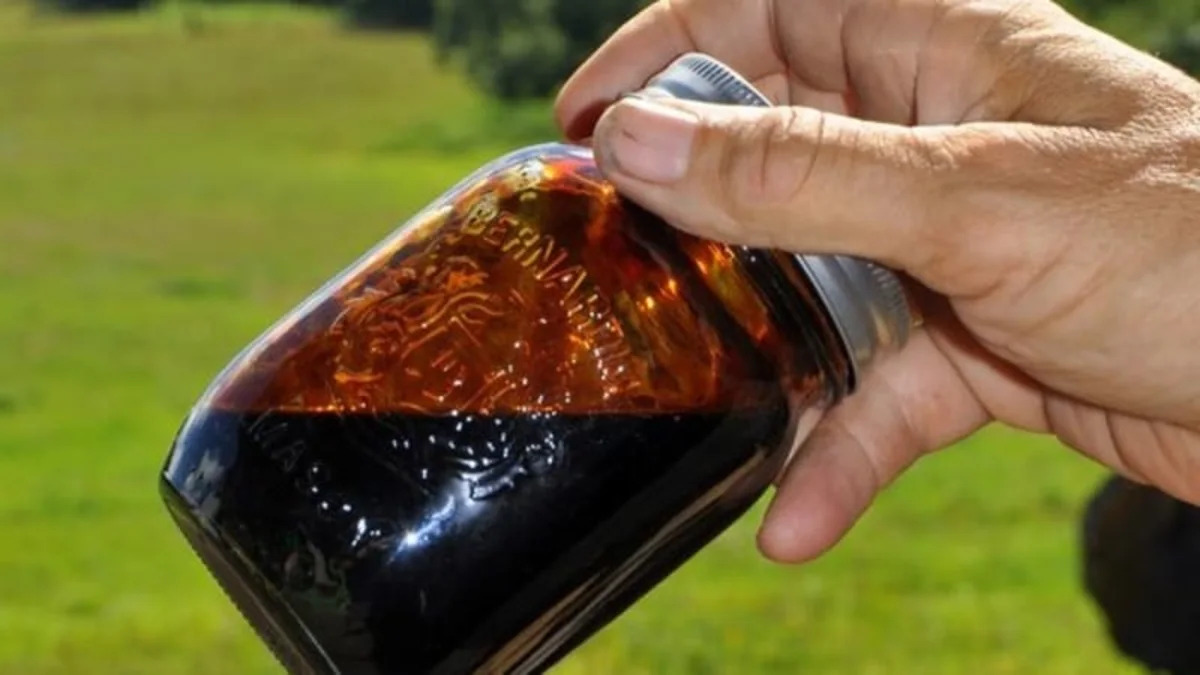While the history of electric vehicles has been getting a lot of play lately, biofuels have quite a story to tell as well. Hemmings Daily just featured a brief history overview that's full of surprises – one is that biofuels date back more than 300 years, well before any real internal combustion engines.
Biofuels come from the same fermentation and distilling process that produces alcohol. Around the 1700s, people began processing corn husks, oily plants (such as peanuts) and crop waste into a fuel that could be burned in stoves, lamps and then was an ingredient in moonshine. Alcohol was one of the very first fuels influencing the design of internal combustion engines around the world. US citizen Samuel Morey was credited with running his prototype engine on alcohol in 1826.
Ford saw biofuels as a pragmatic symbol for American economics, unifying farms and factories. Farmers could use their crop waste to fuel factories, and factories could make farm equipment and passenger cars. The early Model T was designed to run on both alcohol and gasoline. Ford was convinced that another reason to go this route was that America would someday run out of oil that was easy to pump out of the ground. 100 years later, we're finding out he was right. Read the Hemmings Daily article for more.
Biofuels come from the same fermentation and distilling process that produces alcohol. Around the 1700s, people began processing corn husks, oily plants (such as peanuts) and crop waste into a fuel that could be burned in stoves, lamps and then was an ingredient in moonshine. Alcohol was one of the very first fuels influencing the design of internal combustion engines around the world. US citizen Samuel Morey was credited with running his prototype engine on alcohol in 1826.
But the passage of the Internal Revenue Act in 1862 had an impact, taxing alcohol at $2 per gallon, played a big role in biofuels fizzling out. Europeans continued to use ethanol and other biofuels for tractors, farm equipment, stoves and lamps. German inventor Rudolph Diesel got busy trying to get his famous diesel engine to run on peanut oil. The most fascinating American mentioned in the article is Henry Ford. 100 years ago, companies like Standard Oil were putting a lot of cheap gasoline on the market and Ford eventually saw that the Model T would run on gasoline. There was a time, though, where he advocated biofuels.But the passage of the Internal Revenue Act in 1862 had an impact, taxing alcohol at $2 per gallon, played a big role in biofuels fizzling out.
Ford saw biofuels as a pragmatic symbol for American economics, unifying farms and factories. Farmers could use their crop waste to fuel factories, and factories could make farm equipment and passenger cars. The early Model T was designed to run on both alcohol and gasoline. Ford was convinced that another reason to go this route was that America would someday run out of oil that was easy to pump out of the ground. 100 years later, we're finding out he was right. Read the Hemmings Daily article for more.


Sign in to post
Please sign in to leave a comment.
Continue